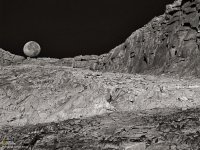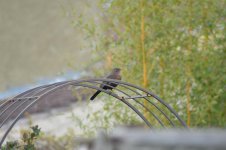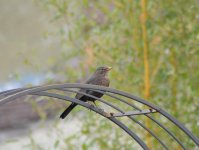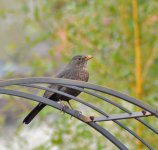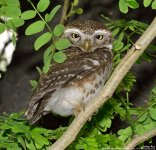John Thomson
Senior Member
Sorry, I dont know who Ansel Adams is, Horoscope Fish its all good, I am taking all advice on board, thanks and keep it all coming, was never great at reading books due to suffering from certain learning difficulties, so sometimes I find it easier just to ask questions was not trying to cut corners

